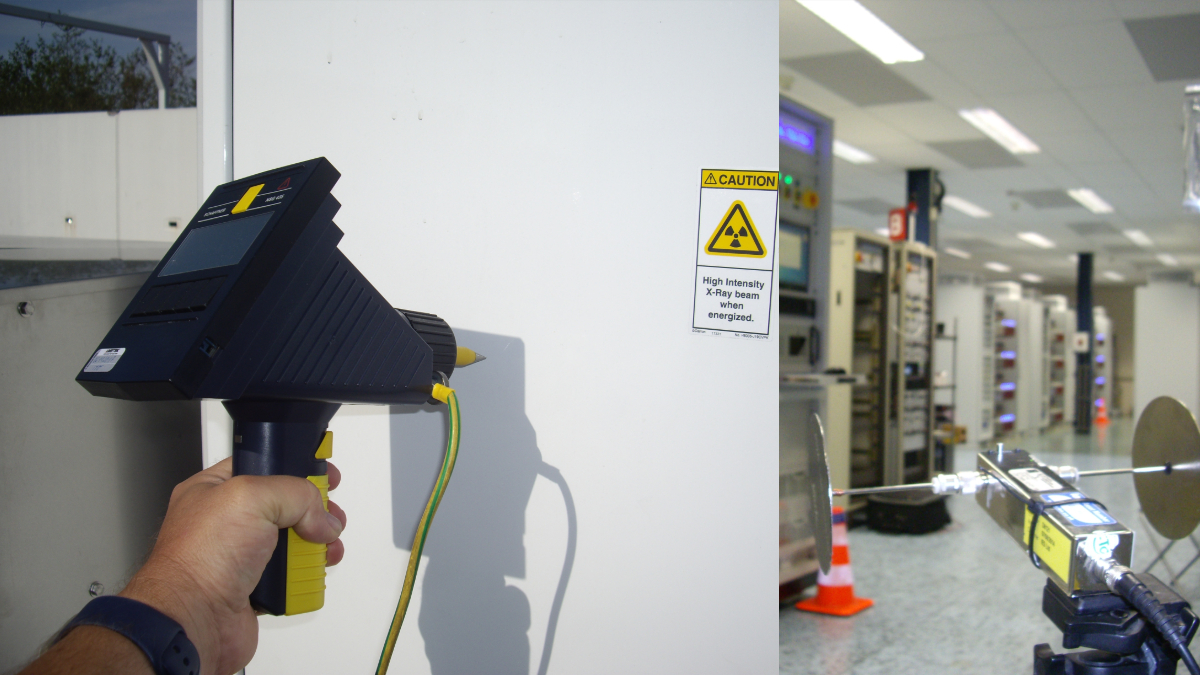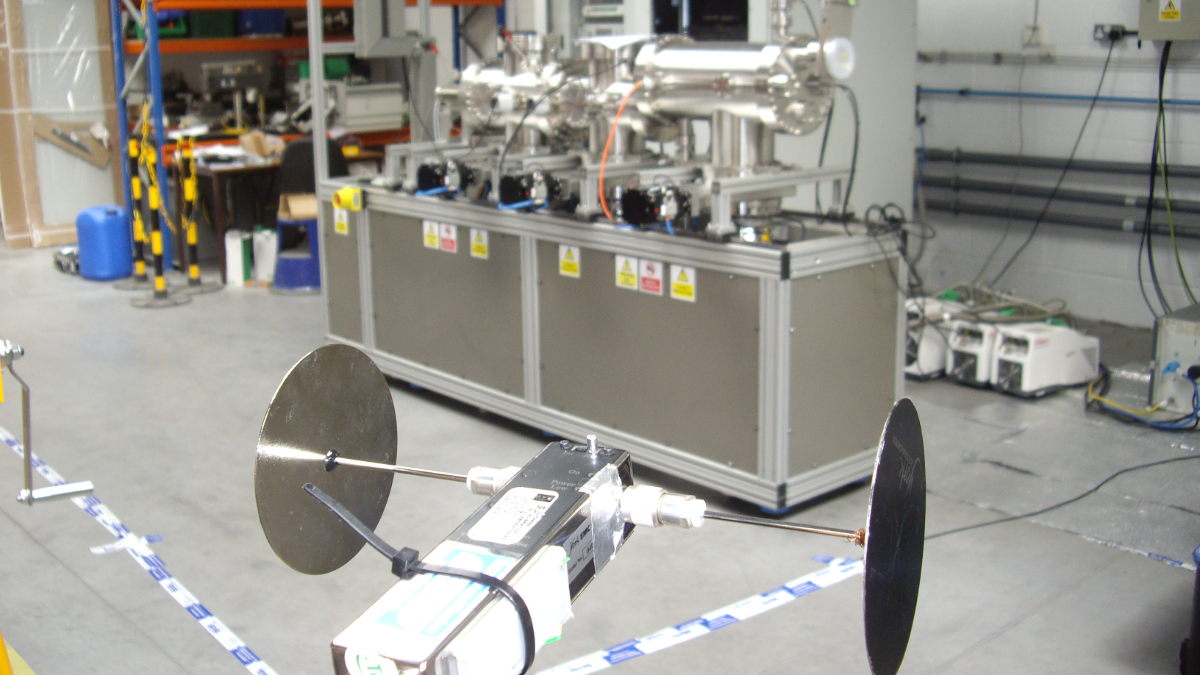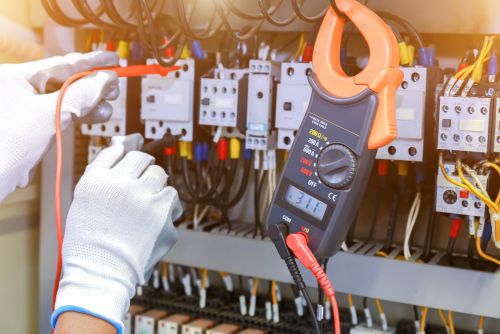Machinery Directive Guide
The Machinery Directive 2006/42/EC is a set of EU health and safety requirements that apply to new and modified machinery used in the workplace. ...
We're actively recruiting for a range of roles across sales, engineering, IT and warehouse. Check our careers page to see open positions including apprenticeships.

Whether you’re moving a single piece of equipment or an entire production line, our trusted team of engineers can support every step of your move, from rigging to end-to-end relocation support across the globe.

4 min read
Admin Oct 22, 2018 8:55:00 AM
Table of Contents
The Electromagnetic Compatibility (EMC) Directive 2014/30/EU is one of the key pieces of legislation that governs the placement of electrical and electronic equipment on the European market.

Its purpose is to ensure that equipment does not generate electromagnetic disturbances or is not adversely affected by them.
It’s also one of several directives that fall under the umbrella of the CE marking requirements.
For most electrical and electronic products sold within the European Economic Area (EEA), demonstrating compliance with the EMC Directive is a mandatory part of the CE marking process.
This guide explains what the EMC Directive covers, who it applies to, what testing and documentation are required, and how to demonstrate full compliance to support CE marking.
You can download the full version of the EMC Directive here.
The EMC Directive is a European regulation that ensures the electromagnetic compatibility of electrical and electronic equipment.
It applies to both apparatus (finished, market-ready products) and fixed installations (permanently installed equipment within a defined site).
The directive has two core objectives:
The EMC Directive applies to the majority of mains- or battery-powered products. However, it does not apply to subassemblies or components that do not have an intrinsic function (e.g. they are only functional when part of a larger system).
Some categories are also regulated by separate directives, including:
Manufacturers are primarily responsible for ensuring products meet the EMC requirements. However, importers and distributors also have legal obligations.
Importers must ensure products carry the CE mark and are accompanied by appropriate documentation.
Distributors must verify that products are correctly labelled and compliant before placing them on the market.
All economic operators must cooperate with national authorities to provide access to conformity documentation and assist in corrective actions if needed.

In the UK, the EMC Directive is implemented through the Electromagnetic Compatibility Regulations 2016. Enforcement authorities, such as Trading Standards and Ofcom, oversee compliance.
Penalties for non-compliance can include:
Find out more in the UK Government’s statutory guidance here.
To demonstrate EMC Directive conformity, manufacturers must test their equipment for both electromagnetic emissions and immunity.
There are five key assessment classes, each targeting specific risks:
Before testing begins, manufacturers must ensure the equipment is:
In some cases, where product design or performance requires it, manufacturers may voluntarily engage a Notified Body to carry out EMC assessments. While this is not mandatory under the EMC Directive, it can help de-risk compliance for more complex or high-stakes products.
Under the EMC Directive, manufacturers are required to establish technical documentation that demonstrates the conformity of their equipment with the directive's essential requirements.
This documentation must be sufficiently detailed to allow for the assessment of the product's compliance and should encompass all relevant aspects of design, manufacture, and operation.
The technical documentation should include:
The manufacturer must keep this documentation for 10 years after the equipment is placed on the market and should make it available to the competent national authorities upon request.
It's important to note that while the EMC Directive allows manufacturers to self-assess their products, involving a Notified Body can be beneficial, especially for complex products or when harmonised standards are not fully applied.
A Notified Body can provide an independent assessment of the technical documentation and the conformity of the product.
Many electrical and electronic products placed on the European market fall under more than one EU directive.
While the EMC Directive ensures electromagnetic compatibility, it doesn’t cover all safety or performance aspects of a product.
For example, equipment may also fall under the Low Voltage Directive or the Machinery Directive, as well as EMC.
In these cases, the manufacturer must:
Note that, the CE mark does not indicate conformity with a single directive. It represents compliance with all EU legislation applicable to the product.
Download our free guide here for more information on complying with CE regulations.
Our start-to-finish EMC testing service for large and medium-sized capital equipment covers every step of the process, from testing against relevant measures to compiling your technical documentation and addressing remedial actions.
See our EMC testing service page here to learn more.

Stay up to date with the latest news and resources from our experts.

The Machinery Directive 2006/42/EC is a set of EU health and safety requirements that apply to new and modified machinery used in the workplace. ...

The Low Voltage Directive 2014/35/EU, also known as the LVD, is a set of product safety requirements that apply to electrical equipment in the...

If your business owns, operates or controls work equipment, you must comply with the Provision and Use of Work Equipment Regulations 1998 (frequently...